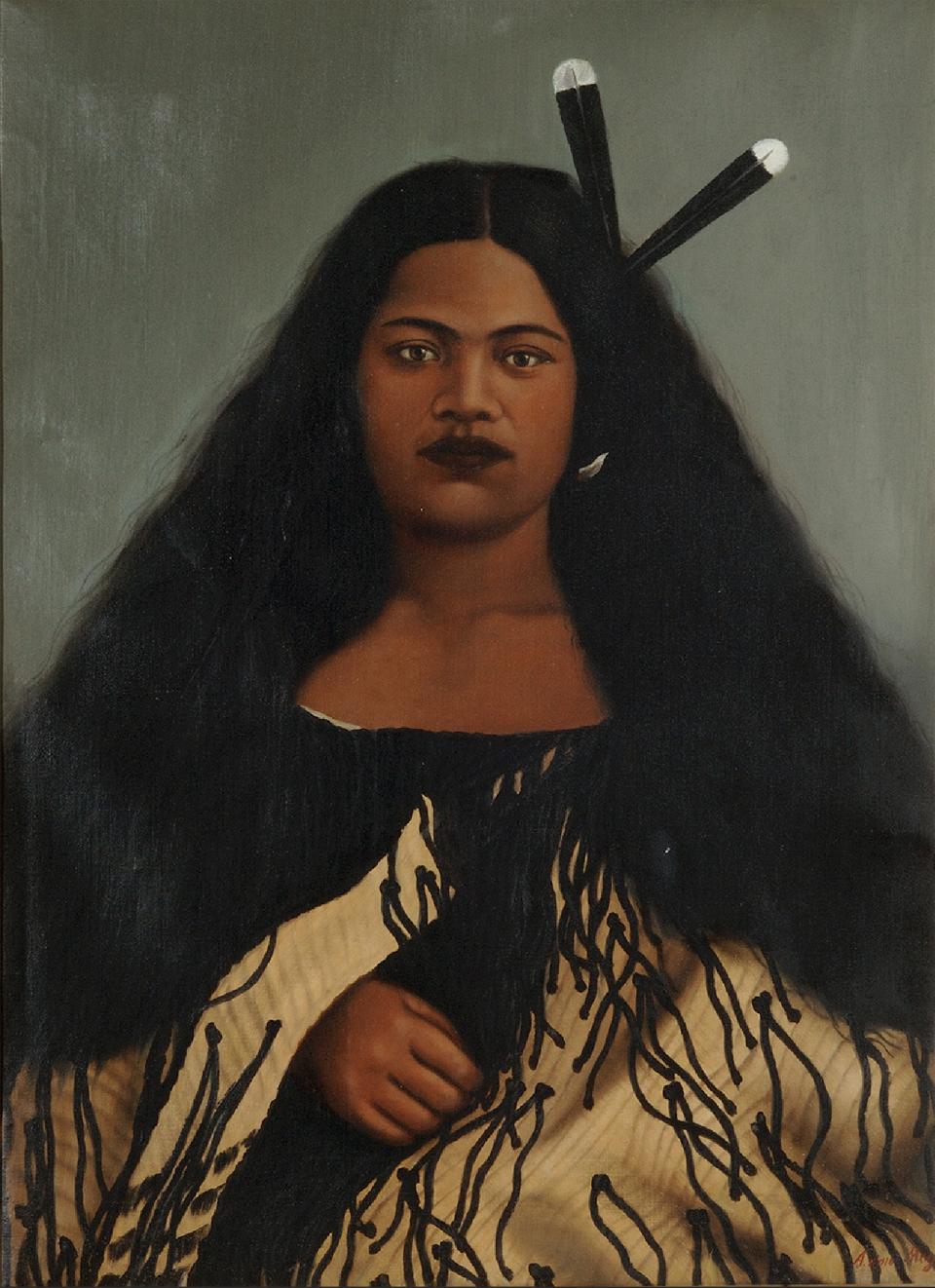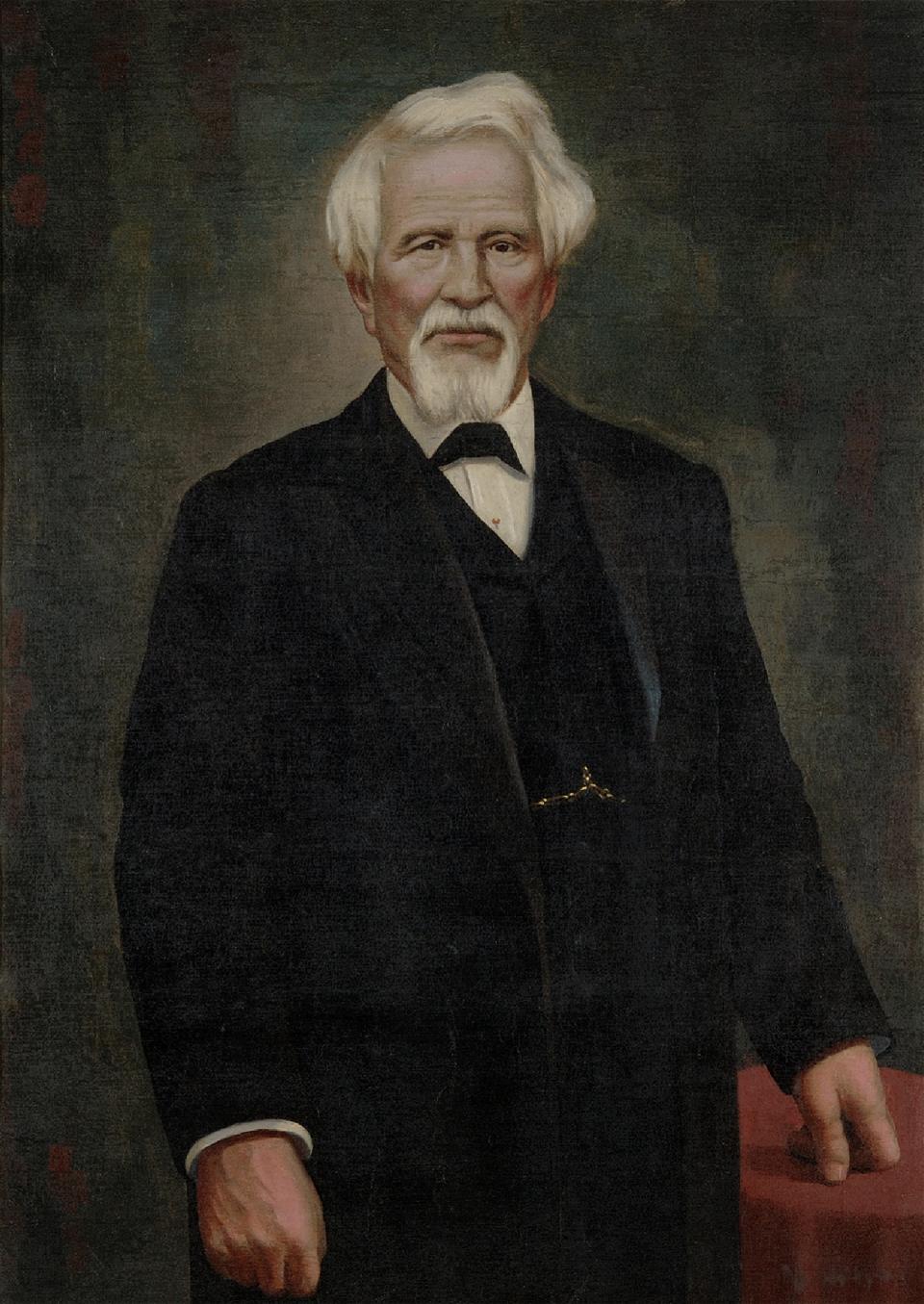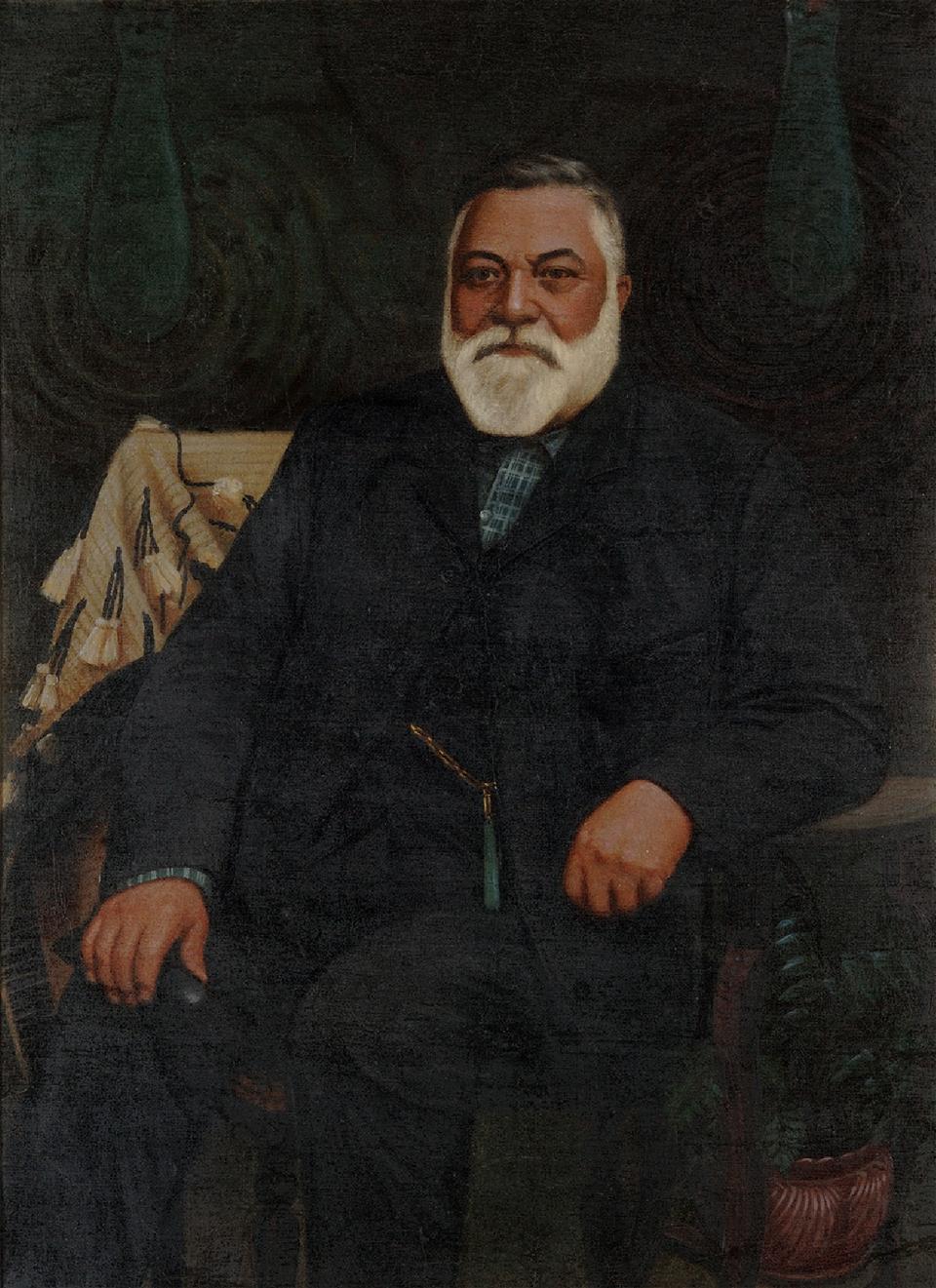Te Aitu-o-te-rangi, the daughter of Te Whatahoronui and his first wife, Aromea, was born around 1820. She belonged to Ngāti Moe at Papawai, in Wairarapa, a hapu of Rangitāne and of Ngāti Kahungunu. Her parents and her grandfather, Muretu, lived at Te Ureta, Waka-a-paua and Wharehanga, on the western side of the Ruamāhanga River, near present day Martinborough.
Husband of Te Aitu-o-te-rangi, father of Te Whatahoro, John Milsome Jury was a whaler, coastal trader and later a farmer. He met and fell in love with Te Aitu when she was a captive of Te Rauparaha on the Kāpiti Coast. On her release, they travelled to Mahia to rejoin her relatives, and eventually made their way back to the Wairarapa where Te Aitu reclaimed her ancestral land at Ponatahi.
Whatahoro was born in Manutuke where his mother Te Aitu-o-te-Rangi had fled to escape the musket wars. Her husband, John Milsome Jury, had helped Te Aitu escape from Kāpiti Island, and they joined their Wairarapa people in Mahia with the iwi, Ngāti Kahungunu.
Whatahoro was named after his grandfather, a fighting chief who took war parties from Wairarapa around the lower North Island. His grandmother, Aromea was the older sister of Nukupewapewa, the chief who brought peace to Wairarapa. In this time of peace, Whatahoro followed another characteristic of Wairarapa: being taught in the whare wānanga.
Whatahoro had many roles: as a genealogist, as chair of the Māori parliament and as an advocate for the Wairarapa people, but he was best known as the scribe that captured the words of the whare wānanga. This is his legacy for Wairarapa.


